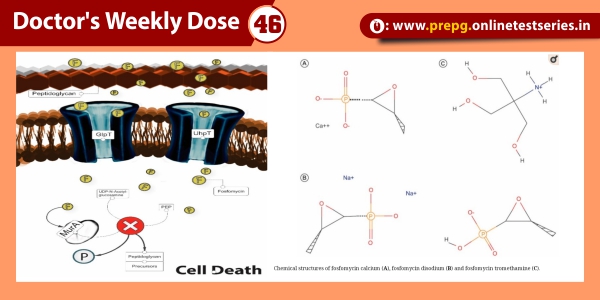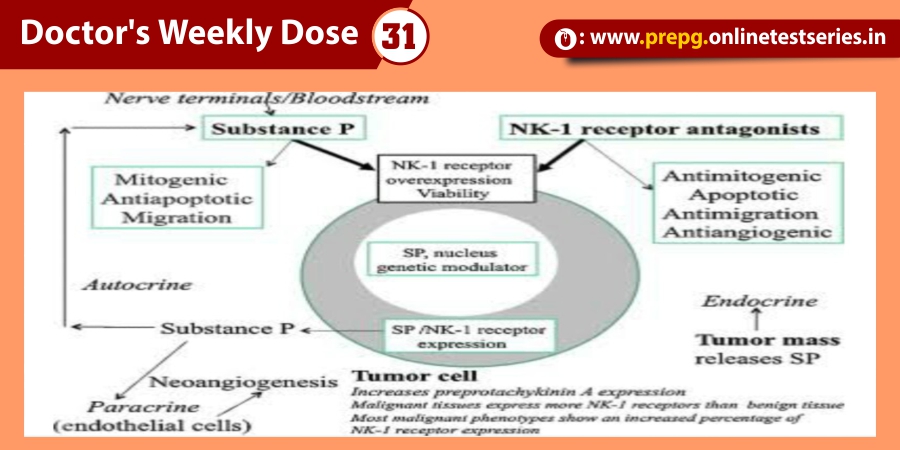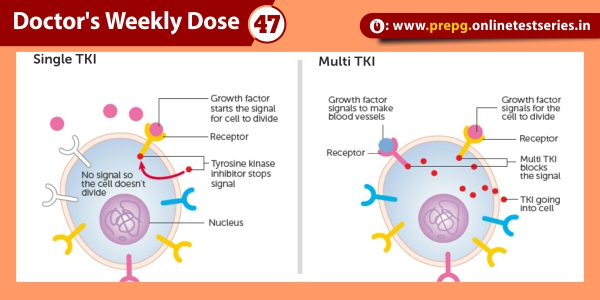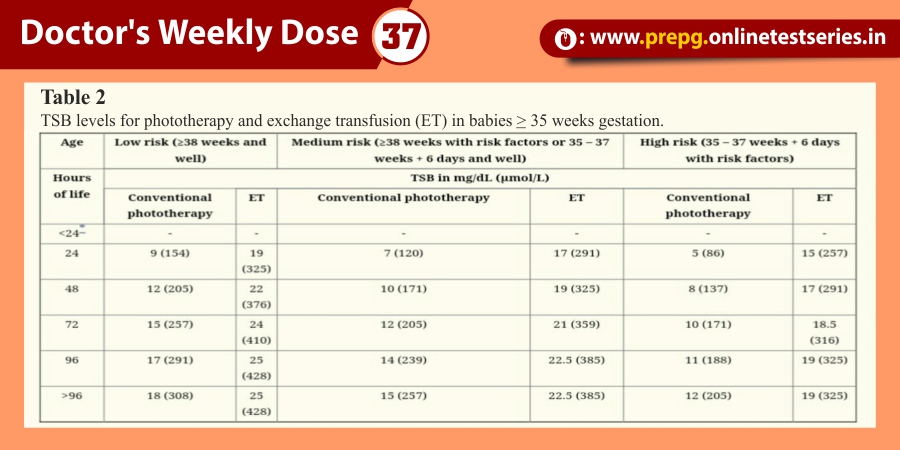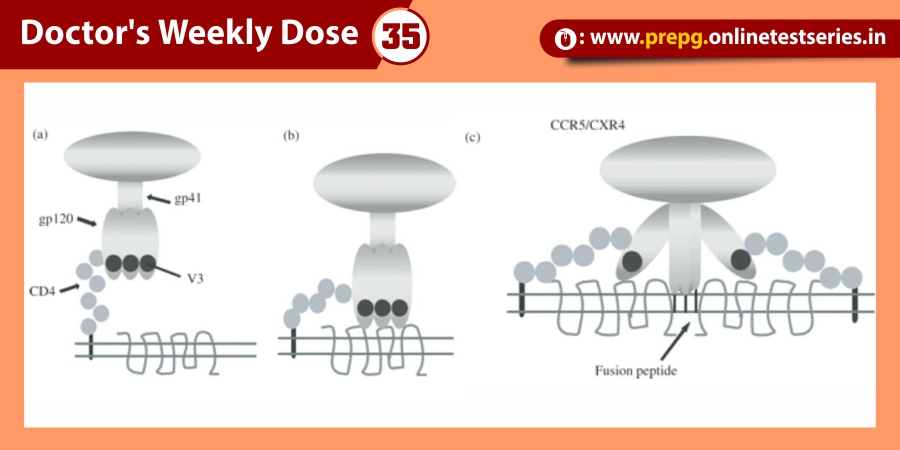Alzheimer’s disease (AD) is an age-dependent chronic neurodegenerative disease that is characterized by the presence of amyloid deposition, neurofibrillary tangles, synaptic dysfunction, and neuronal cell death . The common effector of this neurodegenerative process is the excessive production or accumulation of β-amyloid (Aβ), which has several deleterious effects on synaptic activity.
Aβ is generated from APP through proteolysis in a two-step process: β-secretase, known as β-site APP cleaving enzyme 1 (BACE1), initiates the cleavage of APP to release the membrane-anchored C-terminal fragment, and then γ-secretase subsequently cleaves this fragment to excise Aβ in 40–43 amino acid sequences .These sequences form hydrophobic aggregates, which constitute the senile plaques in AD.
BACE1 has been an important target for therapeutic intervention because of its indispensable role in the generation of Aβ . However, BACE1 also functions as a housekeeping enzyme and is involved in the processing of many other proteins that are responsible for proper functioning of neuronal tissue . Hence, complete removal of BACE1 enzymatic activity could potentially cause unwanted side effects. The most relevant of these is the effect of BACE1 on synaptic functions, which are related to AD pathology.
Growing numbers of studies suggest that Aβ is likely to be the early effector molecule in AD cognitive dysfunction .
Although the precise biochemical mechanisms underlying how variously assembled forms of Aβ cause synaptic dysfunction remain to be determined, biochemical and morphological studies have shown accumulation of Aβ at the synaptic terminals . This local accumulation is likely attributable to the fact that BACE1 initiates the generation of Aβ at the synaptic terminals . Elevated levels of BCE1 have been directly correlated with Aβ-induced pathology in AD brains . Increased amyloidogenic processing at the expense of nonamyloidogenic processing promotes Aβ accumulation at synapses in AD.
Effects of BACE1 on synaptic functions
BACE1 is indispensable for the generation of Aβ, as germline deletion of the BACE1 gene abolishes the generation of Aβ. BACE1 is therefore a molecule that is directly linked to synaptic functions, at least through its effects on Aβ accumulation in cells and synapses. BACE1 is predominantly expressed in brain and is richly expressed by neurons. Accumulation of BACE1 is observed in normal and dystrophic presynaptic terminals surrounding amyloid plaques in brains of AD mouse models and patients, likely causing a vicious cycle by increasing Aβ production near synapses. Because of this, inhibition of BACE1 is logically viewed to reduce Aβ-mediated synaptic dysfunctions and to be potentially beneficial to AD patients. Hence, BACE1 inhibitors are being developed and tested for treating AD patibelow:-.
The effects of BACE1 on synaptic functions are likely to be through multiple mechanisms, as discussed below
1.BACE1 deficiency alters synaptic plasticity in relation to APP cleavage: Long-term changes in the strength of synaptic transmission are the basis of memory formation.
- BACE1 deficiency alters synaptic plasticity in relation to neuregulin-1 cleavage: An alternative possibility is that the synaptic dysfunctions in BACE1-null mice may arise from abnormal processing of substrates other than APP, i.e., neuregulin-1 (Nrg1).
- BACE1 deficiency alters synaptic plasticity in relation to Sez6 cleavage: Another family of proteins, the seizure-related gene 6 (Sez6) and its family member Sez6L, were identified as BACE1 substrates through an unbiased proteomic approach and were recently validated as strong substrates of BACE1.
Conclusion
Since BACE1 is the rate-limiting enzyme in the amyloid cascade, it is considered to be one of the promising targets for AD therapy. A rare human mutation at the BACE1 cleavage site of APP has been identified, which results in a 40% decrease in Aβ production in vitro, a reduced propensity of Aβ to aggregate, a five- to seven-fold reduced risk of developing AD, and improved cognitive function in elderly subjects without AD . Hence, BACE1 inhibition is likely to be beneficial to AD patients. However, caution should also be taken considering the role of BACE1 in synaptic plasticity. For example, the BACE1 inhibitor verubecestat (MK-8931) showed great promise in early human and animal trials , but a recent announcement that Merck was stopping one of its trials suggested cause for concern. By better understanding the physiological and pathological functions of BACE1, anticipation and possible circumvention of mechanism-based side effects that may arise due to BACE1 inhibition can be accomplished. Decoding molecular mechanisms that underlie AD pathogenesis will help us to develop efficient therapeutic approaches to combat disease progression.








